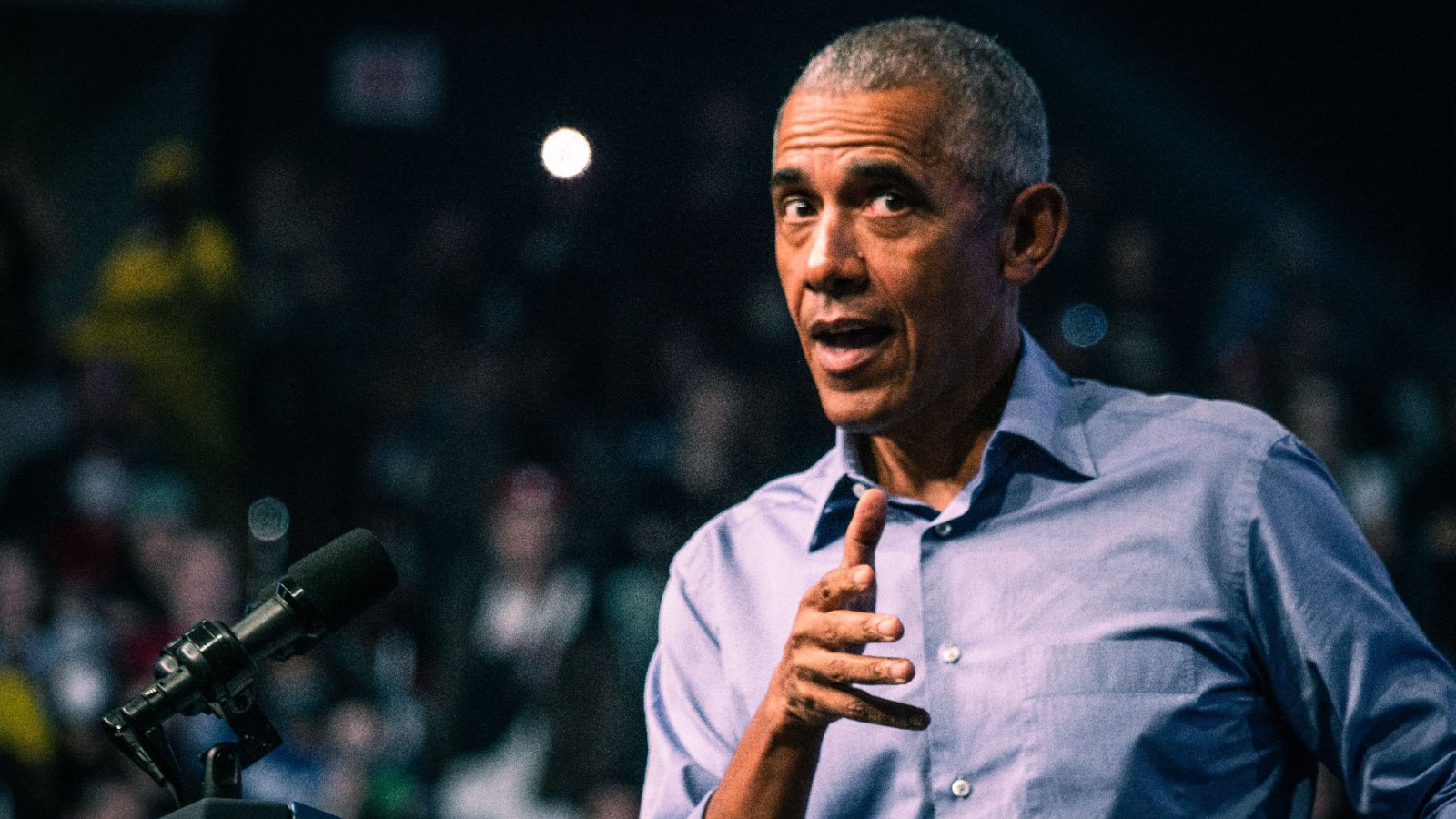In an era where information is abundant but often misleading, teaching young people to think critically is more crucial than ever. Critical thinking skills enable individuals to navigate through the noise, make informed decisions, and solve problems effectively. These skills are not innate; they must be cultivated and nurtured through specific educational practices. This article outlines 21 innovative ways educators and parents can foster critical thinking in young people, ensuring they develop the analytical skills necessary to succeed in today’s complex world.
Encourage Questions

Encourage young people to ask “why” and “how” instead of just accepting information as presented. This fosters a mindset of inquiry and skepticism that is crucial for critical thinking. By challenging them to question underlying assumptions, you help develop their analytical skills.
Debate Controversial Topics
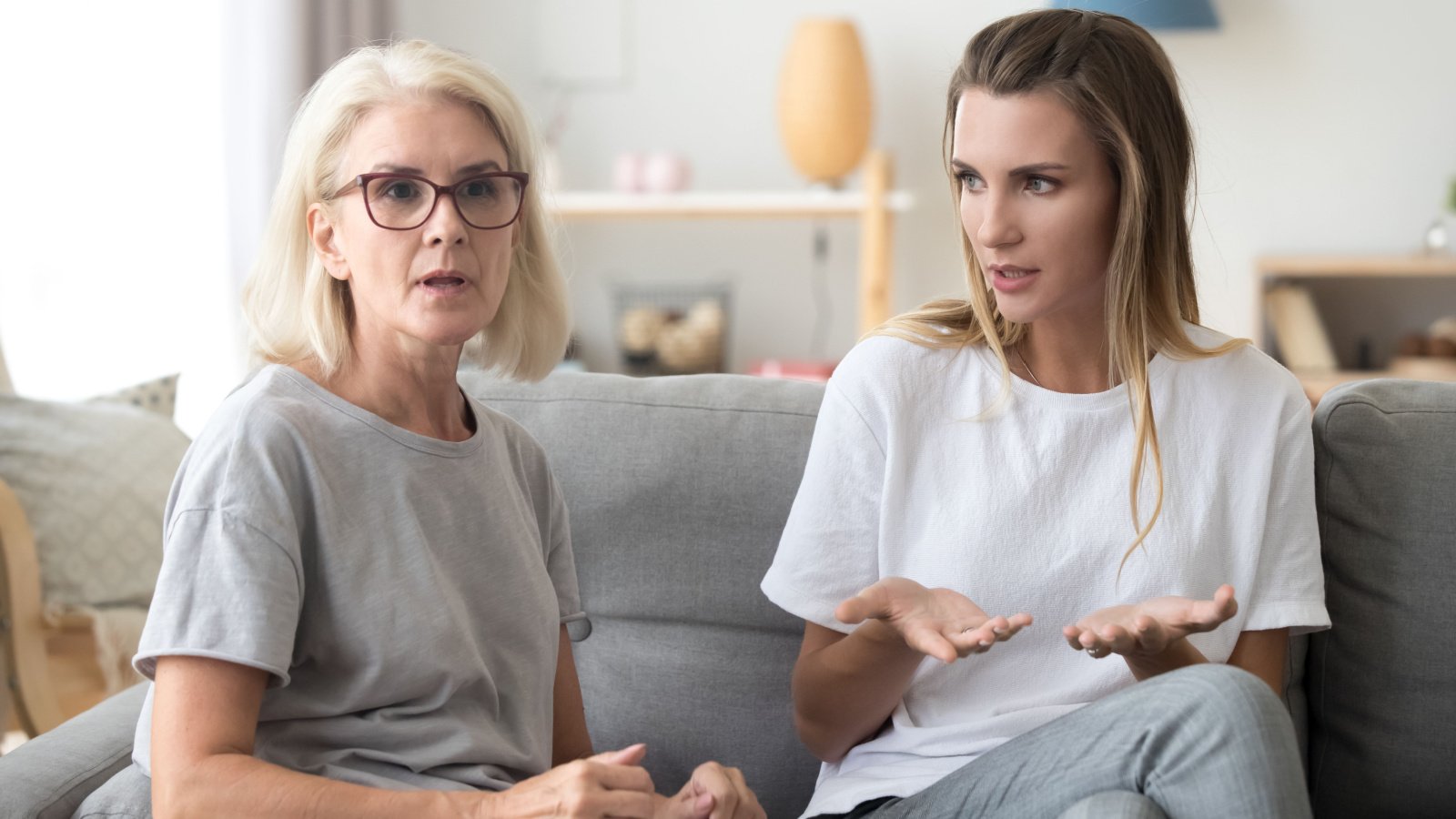
Organize debates on various topics to teach young people how to construct and defend arguments. This exposes them to differing viewpoints and forces them to think critically about their own positions. Debating also enhances their ability to articulate thoughts clearly and concisely.
Practice Problem-Solving
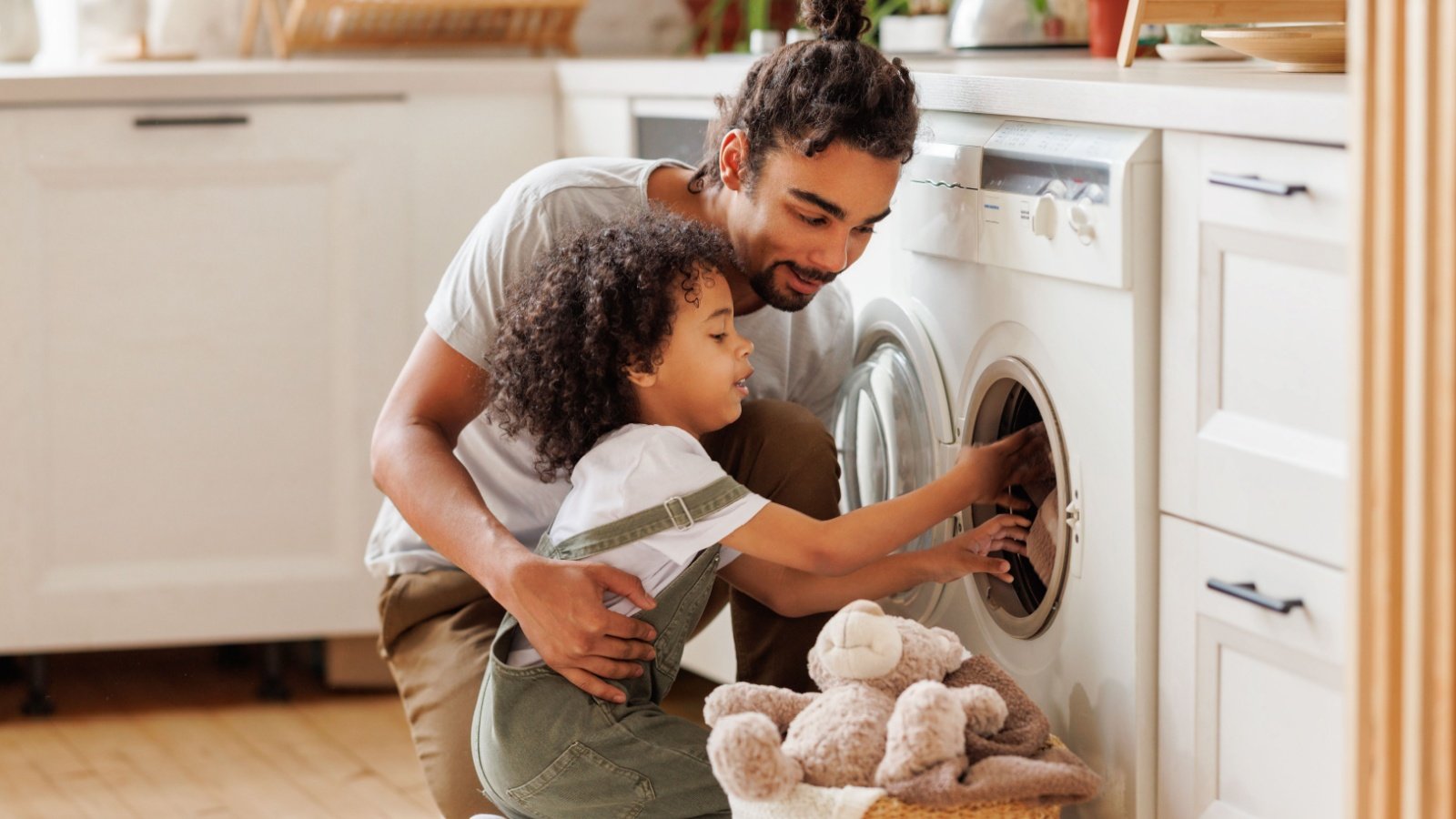
Introduce real-life problems that require thoughtful solutions. Encourage them to weigh different options and consider potential outcomes for each. This method helps them understand the complexity of issues and the importance of decision-making skills.
Analyze Case Studies

Use case studies from history, science, or literature to analyze decisions and outcomes. Discuss what went right, what went wrong, and what could have been done differently. Analyzing different scenarios can improve their ability to think critically about similar situations in their own lives.
Use Mind Maps
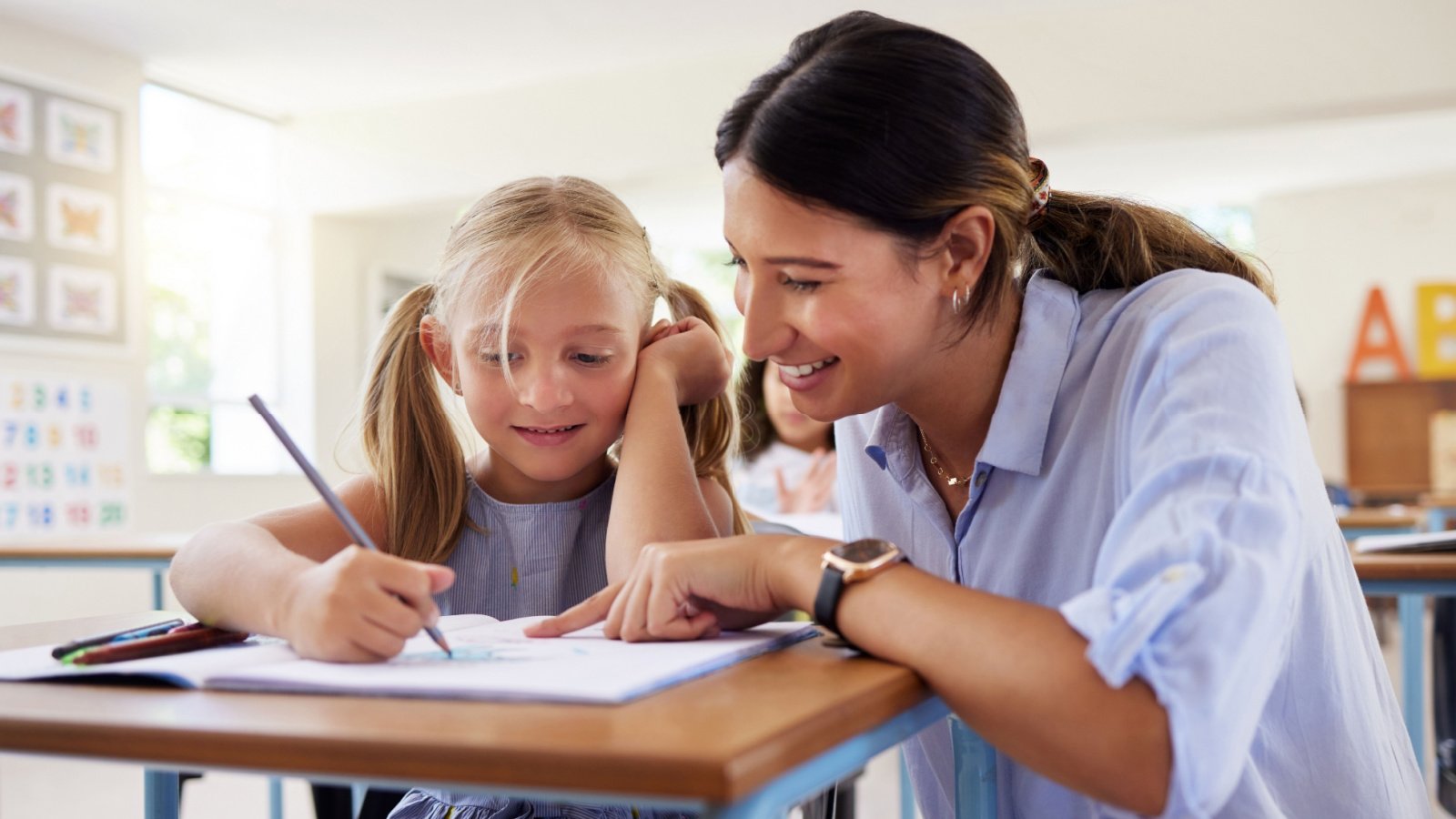
Teach them how to use mind maps to visually organize information. This tool helps in breaking down complex subjects into simpler, interconnected parts, making it easier to analyze relationships and impacts. Mind mapping can enhance both comprehension and retention of difficult concepts.
Role-Playing
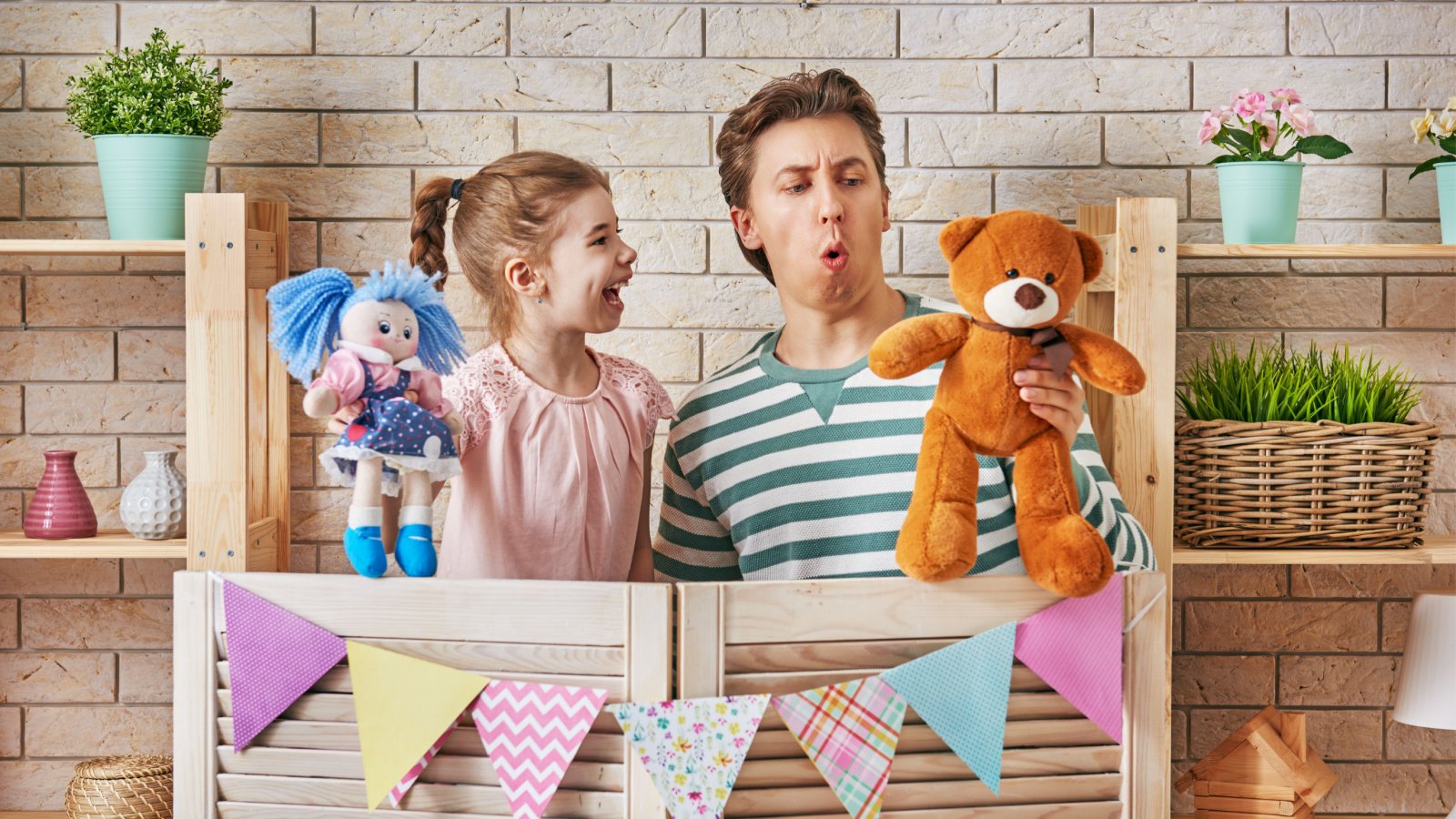
Engage young people in role-playing exercises where they must assume a character’s role with distinct motivations and challenges. This activity helps them understand different perspectives and develop empathy, which is key in critical thinking. Role-playing also enhances problem-solving and negotiation skills.
Teach the Scientific Method
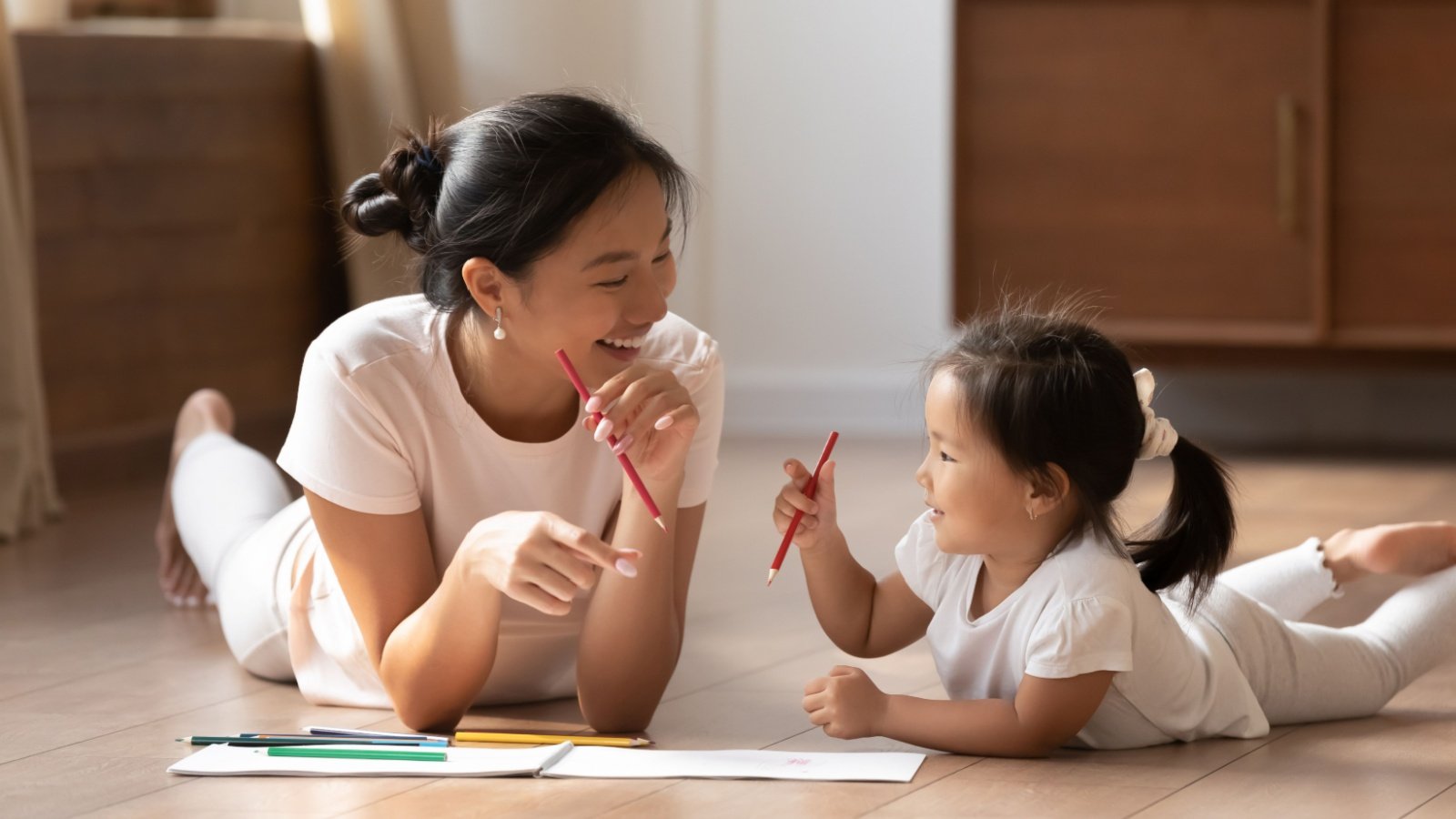
Introduce the scientific method as a systematic way to investigate questions and test hypotheses. This process emphasizes observation, experimentation, and the importance of evidence. Learning to apply the scientific method can help young people become disciplined and objective thinkers.
Evaluate Media Sources

Instruct them on how to critically assess the reliability of media sources. Teach them to look for credibility, bias, and the use of evidence in news reports and articles. Media literacy is crucial in developing informed and critical consumers of information.
Logic Puzzles and Games
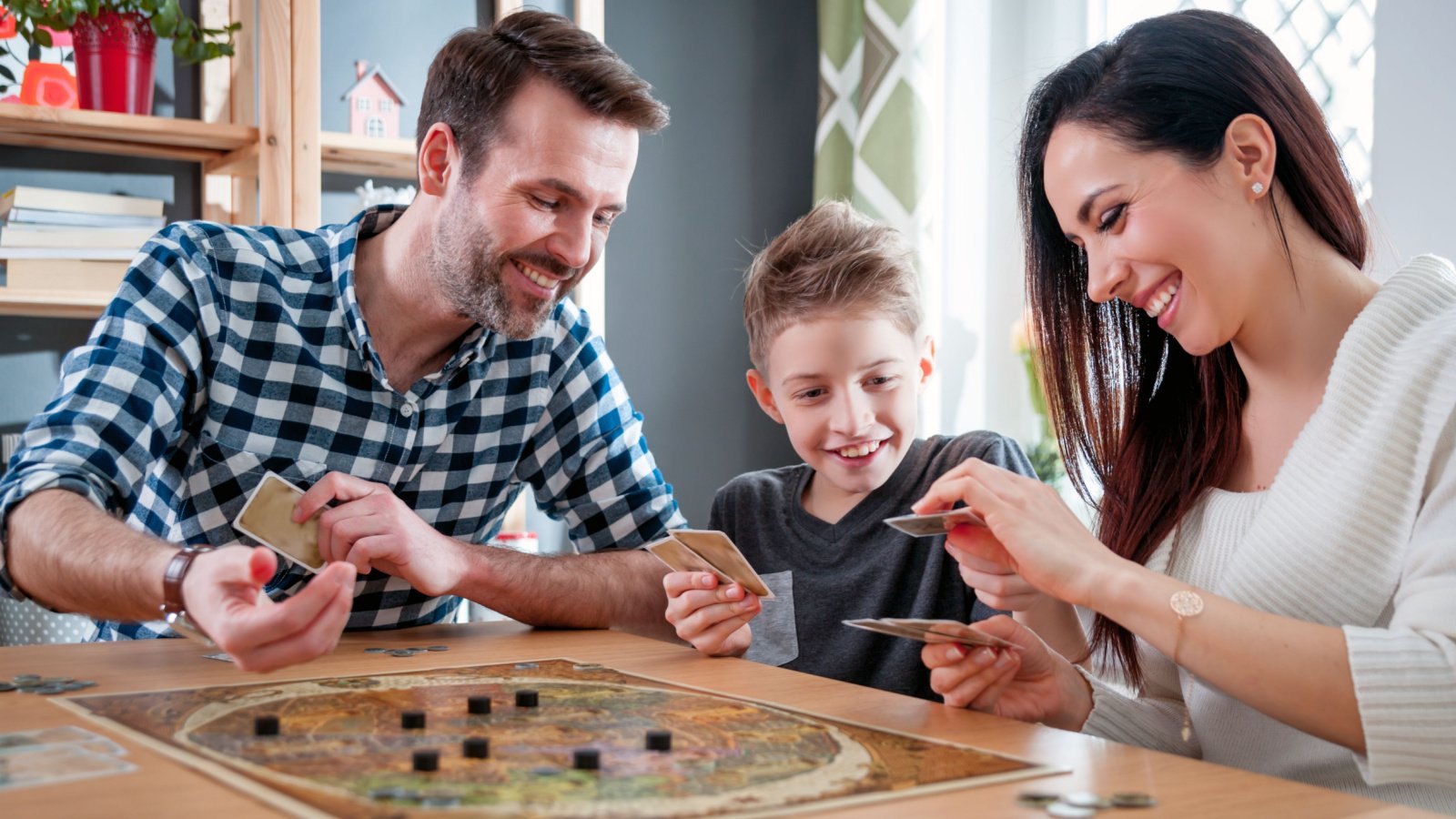
Incorporate logic puzzles, brainteasers, and strategy games into learning activities. These tools challenge them to think sequentially and anticipate consequences, honing their logical reasoning skills. Games like chess or Sudoku are especially beneficial for developing such skills.
Reflective Journals

Encourage the use of reflective journals where young people can write about their learning experiences and insights. This practice promotes introspection and helps them clarify their thoughts and feelings about various topics. Reflective writing can deepen understanding and enhance critical thinking over time.
Group Discussions

Regularly facilitate group discussions on a range of subjects, allowing young people to express and compare their ideas. This interaction not only stimulates critical thinking but also improves communication skills. It’s important that discussions are structured to challenge them to support their opinions with facts.
Critical Reading Exercises
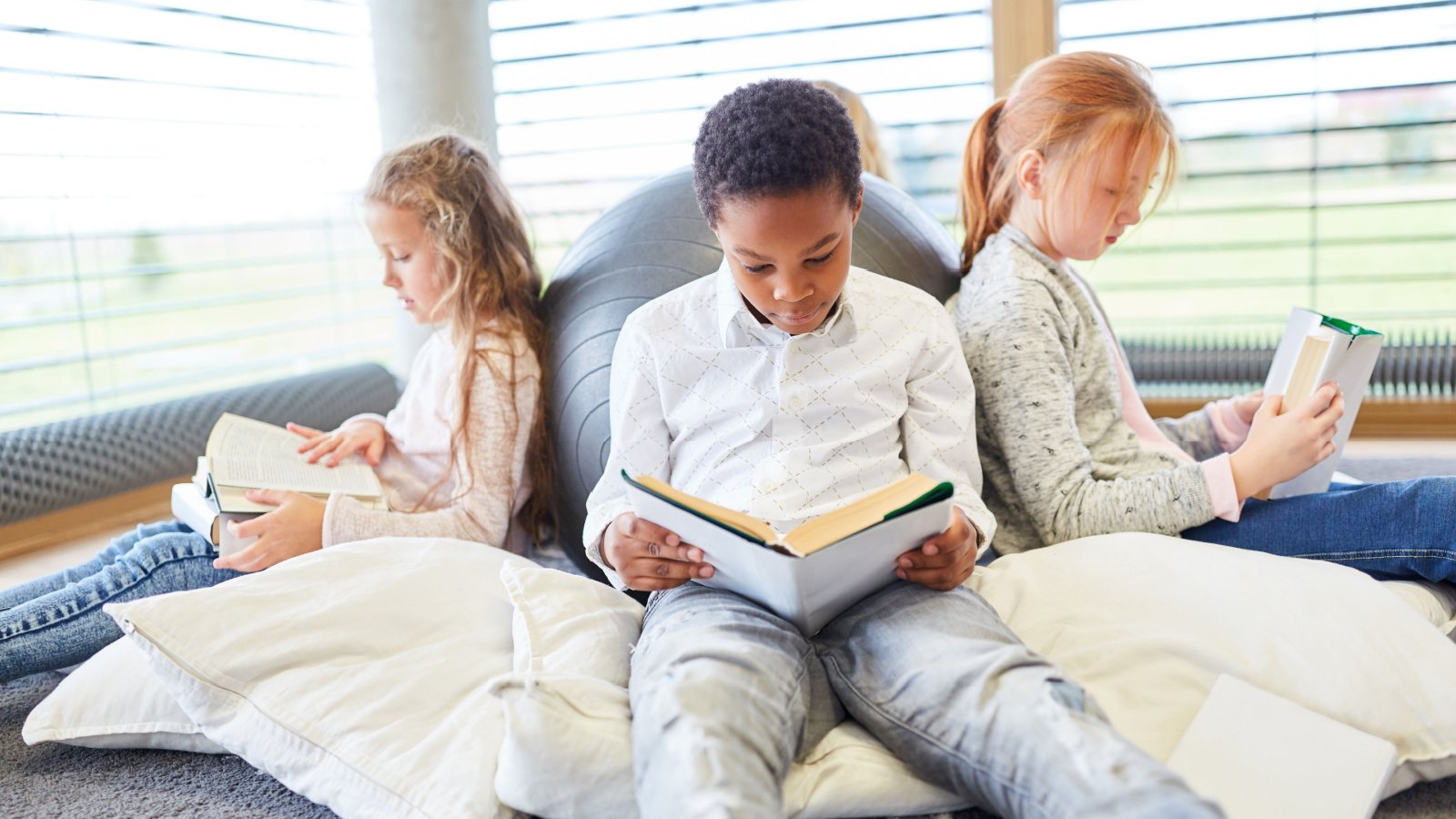
Assign texts that require analytical reading and ask specific questions that promote critical thinking. Teach them to identify key points, arguments, and assumptions made by the authors. This approach helps develop a habit of reading with a critical eye.
Socratic Questioning

Use Socratic questioning techniques to challenge assumptions and explore underlying thinking. This method encourages deeper understanding through systematic questioning and is effective in teaching complex problem-solving. It pushes young people to refine their ideas based on logical reasoning.
Interdisciplinary Learning
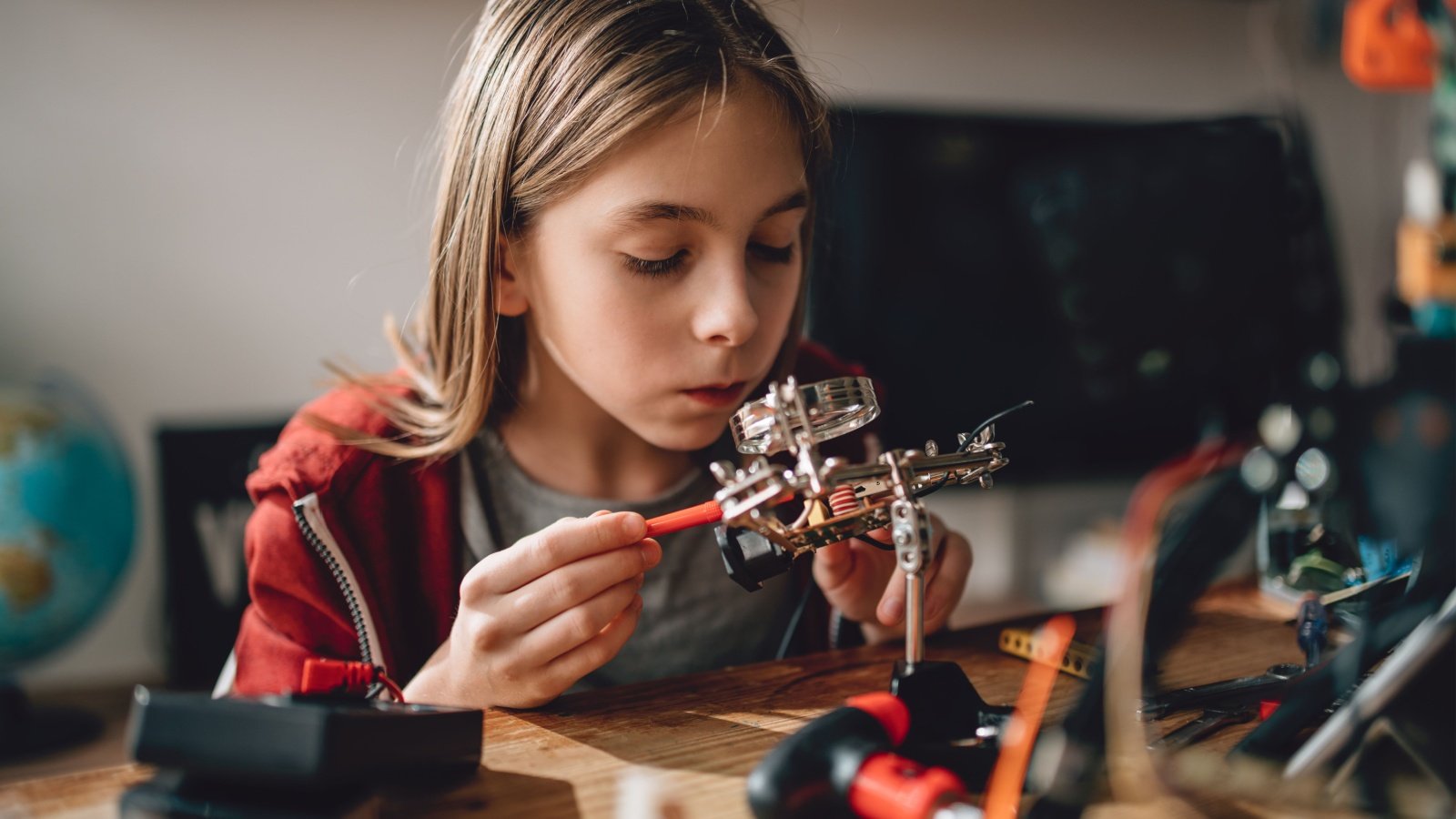
Combine subjects like science and philosophy or history and economics to show how interconnected knowledge is. This method helps young people see the bigger picture and understand how different fields influence each other. Interdisciplinary learning encourages a more holistic approach to thinking.
Simulation Exercises
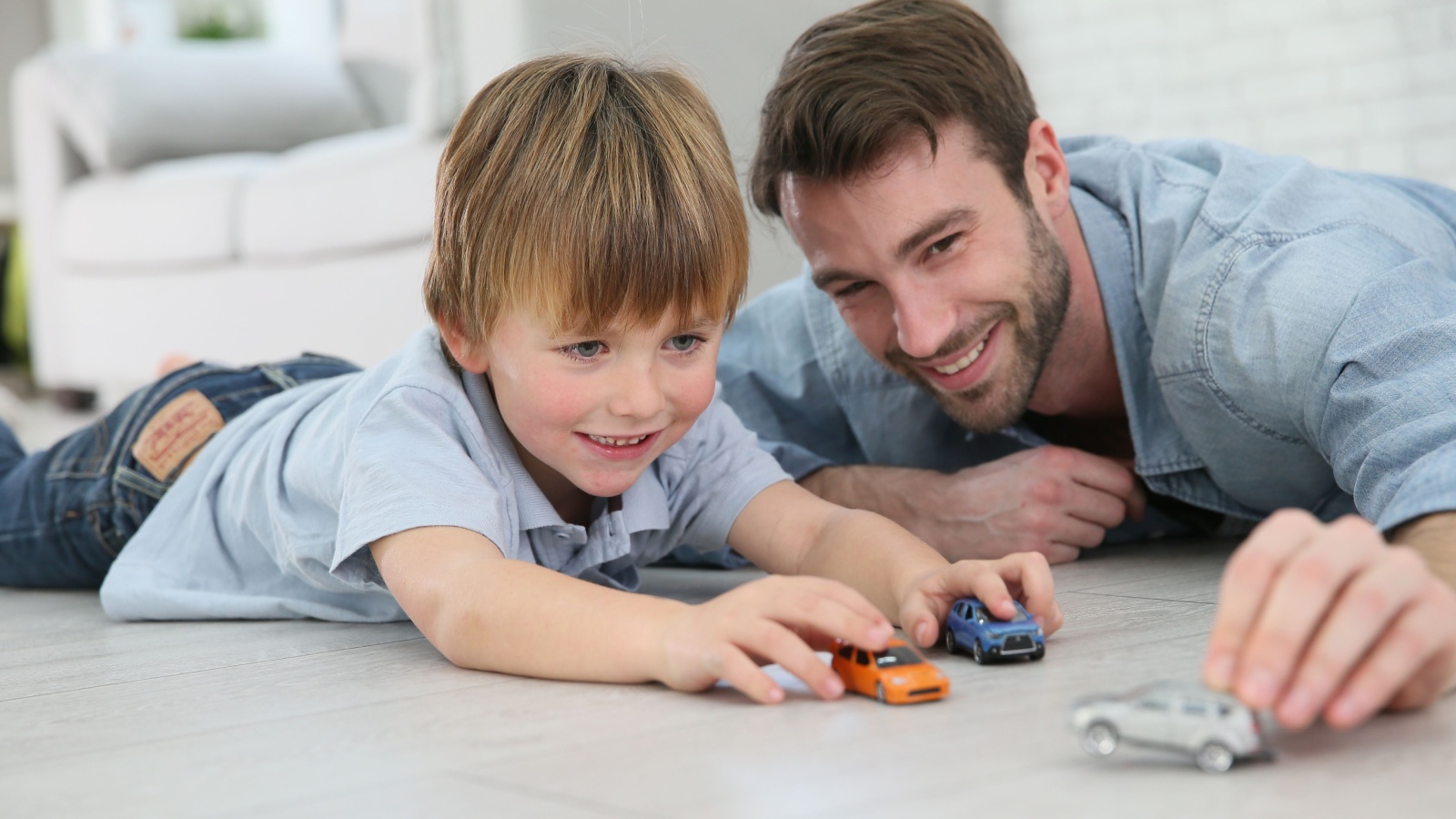
Create simulation exercises that mimic real-world challenges. These can range from managing a virtual business to solving community issues through simulation software. Simulations force them to consider practical constraints and outcomes, which strengthens their critical thinking.
Ethical Dilemmas
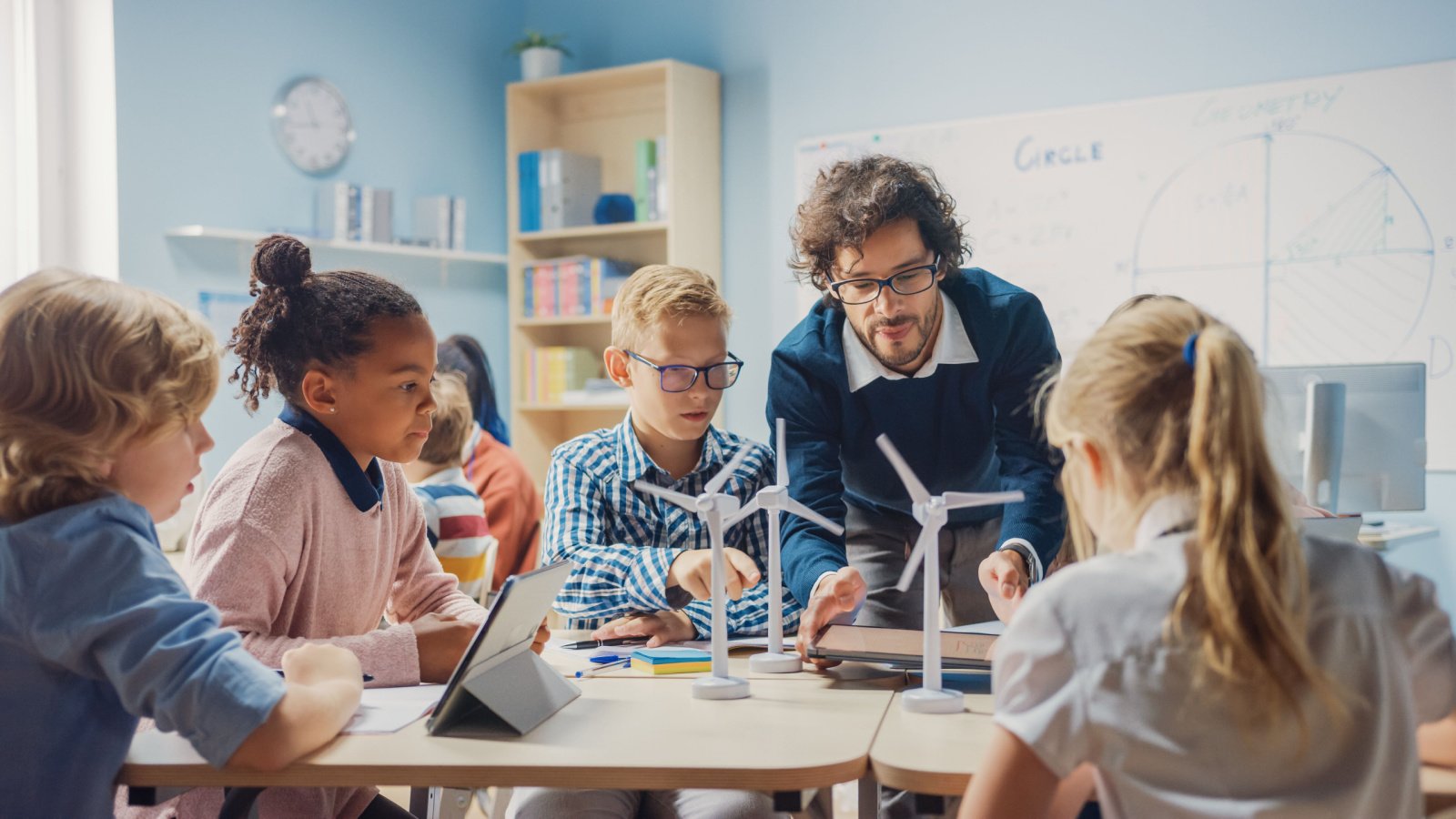
Present them with ethical dilemmas that force them to consider morality and the consequences of their decisions. Discussing issues with no clear right or wrong answer teaches them to evaluate complex, nuanced situations. This is vital in developing a well-rounded, critical thinker.
Art Critique
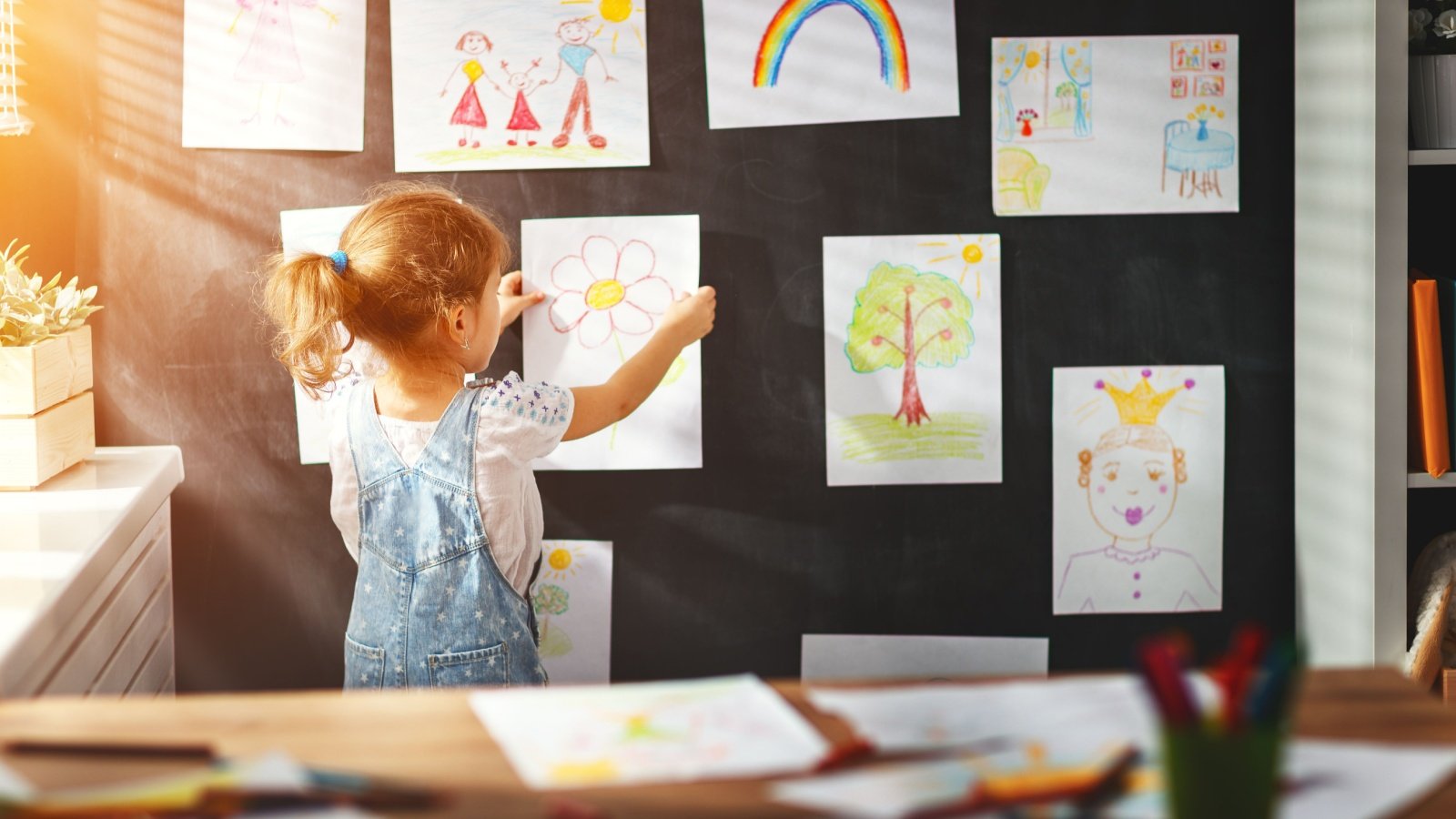
Encourage them to critique art or creative projects, discussing what they observe, interpret, and feel. This form of critique teaches them to assess not just the aesthetic but also the thematic content and technical aspects of art. Engaging with art in this way promotes nuanced thinking.
Project-Based Learning
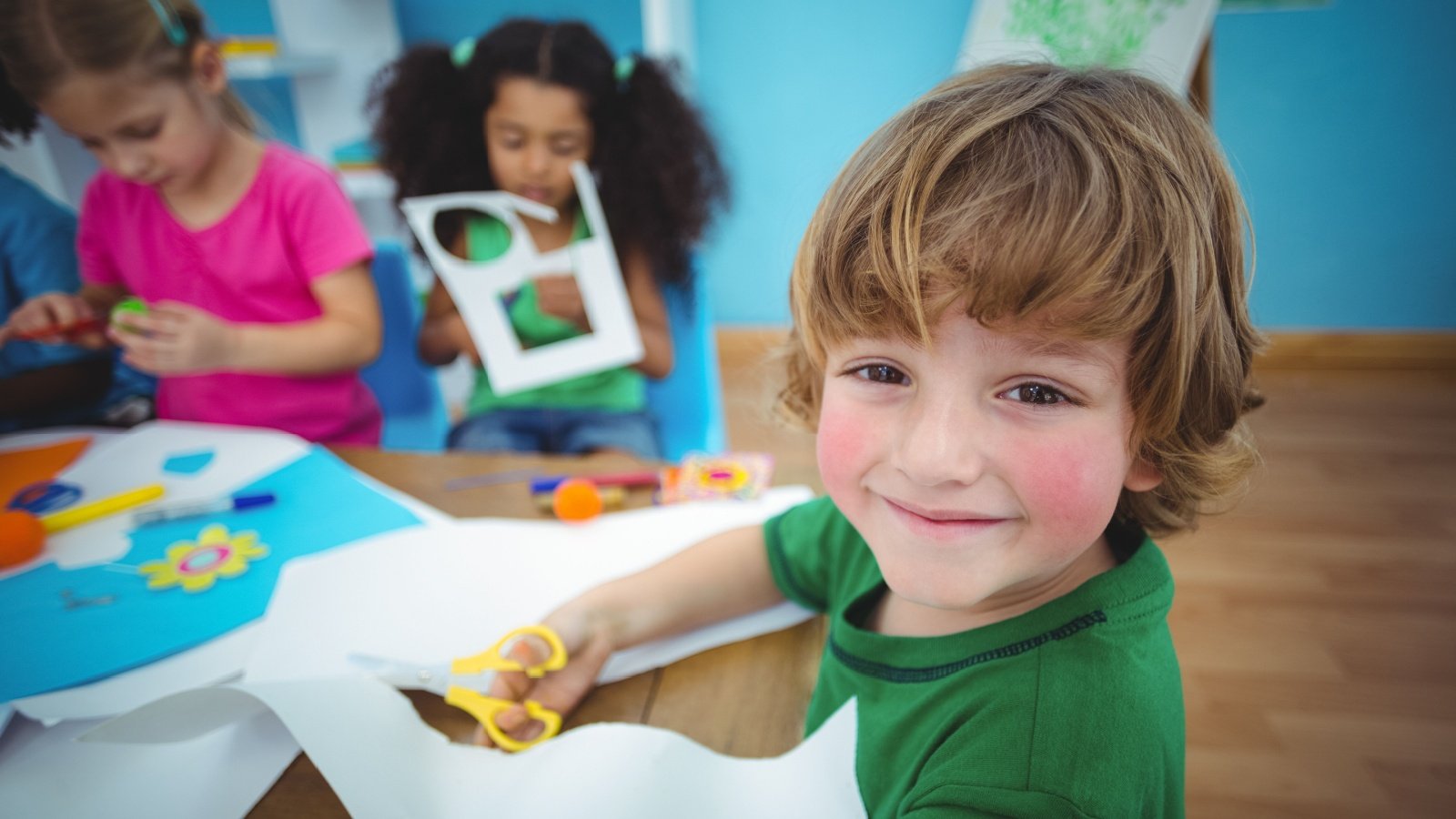
Implement project-based learning strategies where they need to research, plan, and execute projects. This approach requires them to apply a range of skills, from creative thinking to logistical planning. Project-based learning is effective in fostering independence and critical thinking.
Time Management Skills
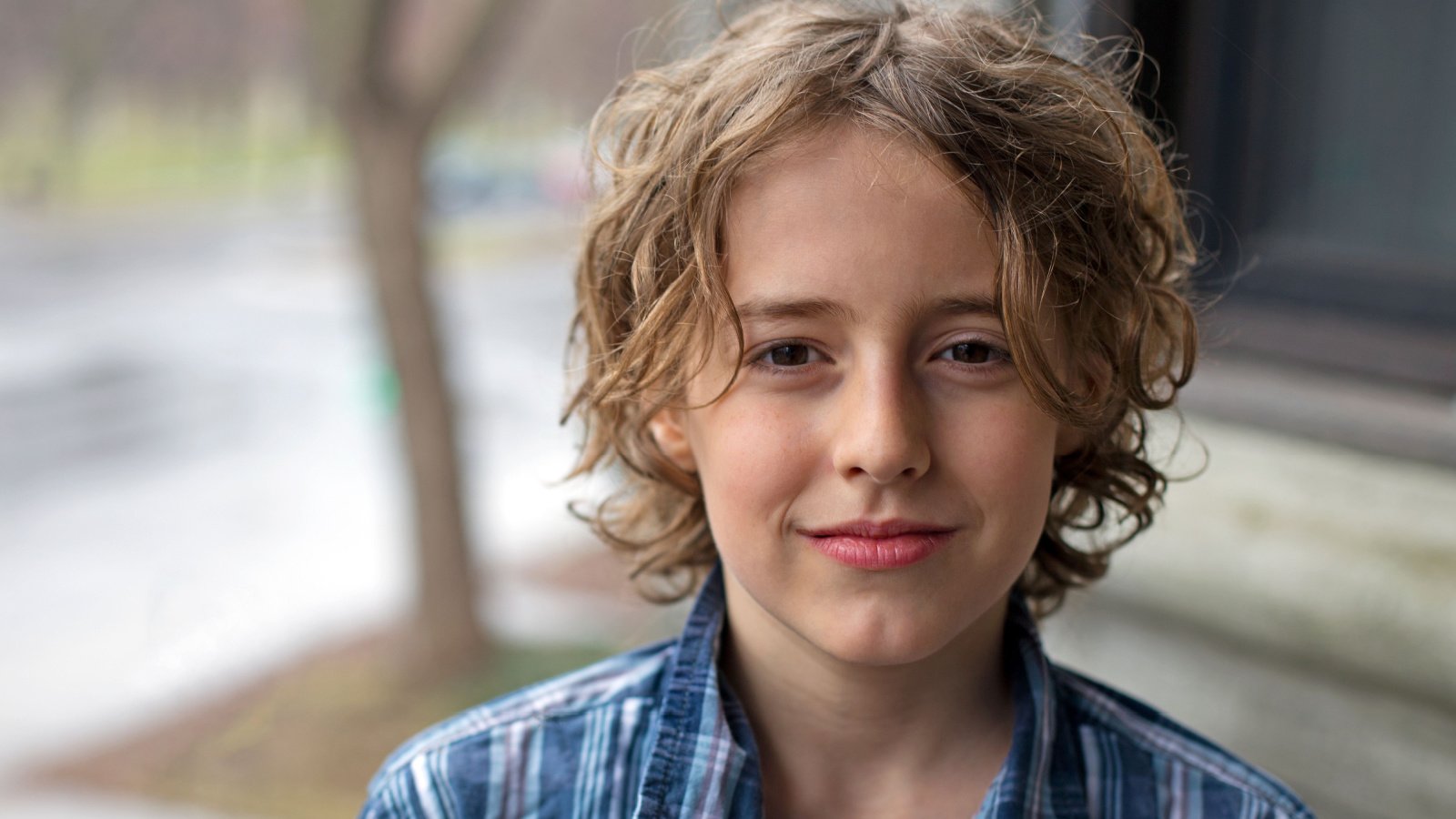
Teach them effective time management to enhance their strategic planning capabilities. Managing time efficiently requires them to prioritize tasks and make judgments about what is most important to focus on. These skills are critical in everyday decision-making.
Feedback Sessions
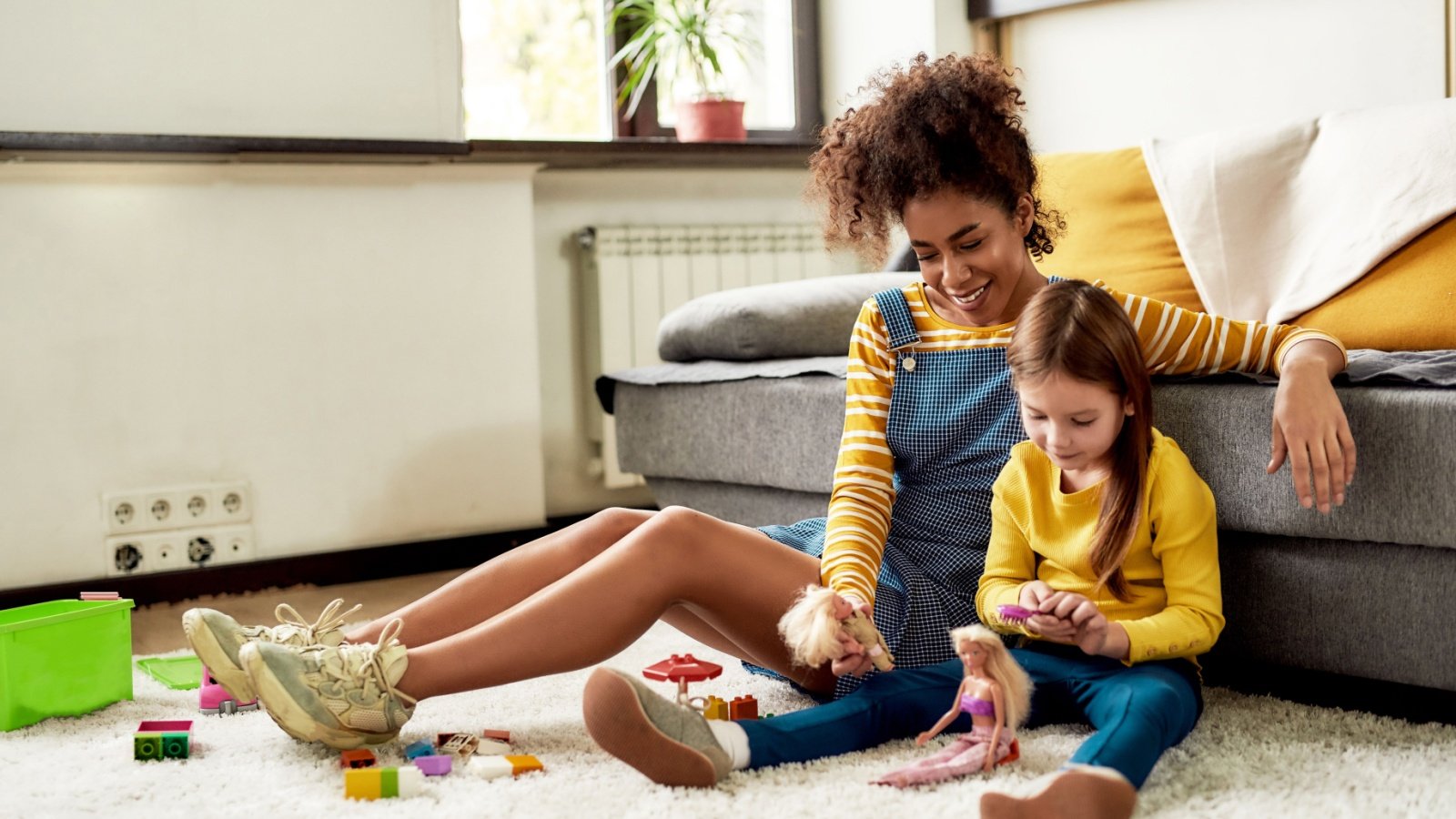
Regular feedback sessions help young people understand what they have learned well and what areas need improvement. Constructive criticism is essential for them to reflect on their thought processes and outcomes. Feedback drives the iterative process of learning and critical thinking.
Exposure to Diverse Cultures

Expose them to diverse cultures and global issues to broaden their perspectives. Understanding different ways of life and viewpoints can challenge their preconceived notions and biases. Greater cultural awareness fosters more informed, empathetic, and critical thinking.
Continuous Learning

Encourage a mindset of continuous learning and curiosity. Emphasizing that education does not end with school, but is a lifelong process, prepares them to always seek knowledge and challenge their understanding. Lifelong learning is fundamental to sustaining critical thinking skills.






